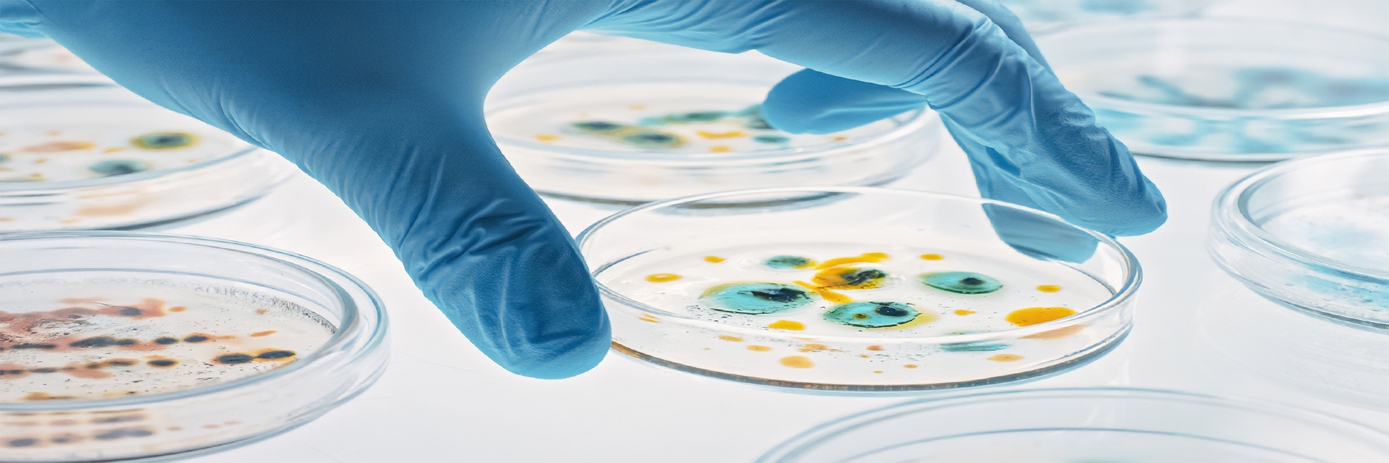While the benefits of indwelling medical devices, such as contact lenses, urinary catheters, and pacemakers, arguably outweigh the risks, medical device-associated infections still account for a large proportion of hospital-acquired infections.
These infections are often linked to colonization of a device by microbes, which might originate from the skin of a individual, visitor, or healthcare provider and attach to the device surface. The device then acts as a “bridge” between the outside environment and the inside of the individual. Once attached, the microbes can form a biofilm – a complex, organized microcolony of cells that secretes a protective matrix composed of extracellular polymeric substances (EPS).
The EPS is a vital component of bacterial biofilms and accounts for as much as 90% of the biofilm mass. It assists the bacteria by providing structural support, antimicrobial resistance, sequestering of nutrients, and preventing dehydration.
What is challenging with most biofilm-related infections is that they cannot be adequately confirmed via diagnostic tests and can be difficult to treat if the bacteria have become resistant to antibiotics, meaning it is often hard to successfully eradicate the infection. Understanding biofilms and identifying therapeutics that can effectively target biofilm formation is therefore key to reducing the risk of infection; however, our current understanding of these processes is limited.
There are several novel approaches being used to address the challenges of biofilm formation on indwelling medical devices, which utilize high-throughput screening, high-content screening, and in vivo imaging. A few examples include:
High-Throughput Screening: One research group has developed a high-throughput screen to identify small molecule compounds that enhance the activity of clotrimazole, a common therapy for Candida infections, including vaginitis and thrush. It is hoped that hits from the screen could improve dosing regimens and combat resistance.
High-Content Screening: Two studies used high-content screening approaches to help visualize and measure biofilm integrity and identify anti-biofilm treatments. The first study successfully identified two bacteriophages that prevented biofilm formation on endotracheal tubes, while the second approach used fluorescent dyes to gain information about the biofilm size and integrity of the EPS.
In Vivo Imaging – In a recent study, researchers used targeted fluorescent imaging technology to compare the ability of two fluorescent probes to localize Staphylococcus aureus biofilm infections on spinal implants. The most successful probe was then used to guide surgical debridement of the infected tissue and implant retrieval.
For research use only. Not for use in diagnostic procedures.

































